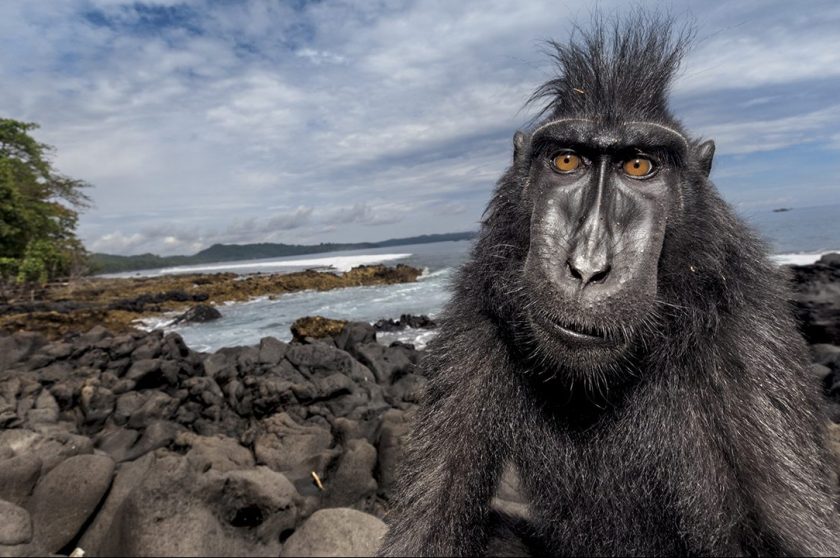
It was the selfie seen ’round the world—and could be the first to save an entire species from extinction.
As the story goes, a crested black macaque stole photographer David Slater’s camera and snapped a photo of its toothy grin. And as quickly as the story went viral, so did conservationists raise concern about the need to protect the species, one of the world’s 25 most endangered primates.
Sulawesi, an Indonesian island, is home to seven different species of macaque. But, it may not be for long. Deforestation has drastically diminished the area where macaques make their home, and the species is a favorite of illegal pet traders and, far worse, hunters who are after their meat. With a population last tallied at 2,000 in 2010, the current one has dropped substantially. However, tourists and scientists are flocking to Sulawesi to see the famous primates in their natural habitat. Some conservationists believe that ecotourism could be the key to the species’ survival.
Stefano Unterthiner headed to Sulawesi to photograph crested black macaques for the March issue of National Geographic magazine. Check out his photos below.
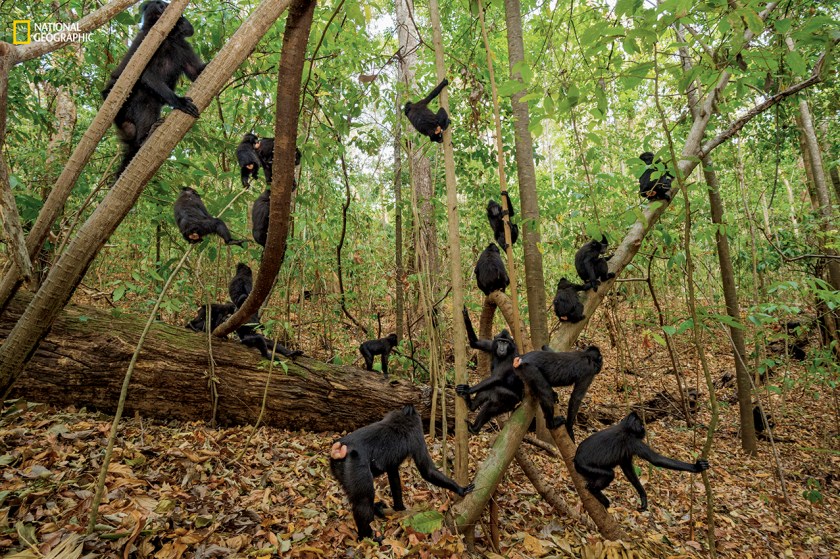
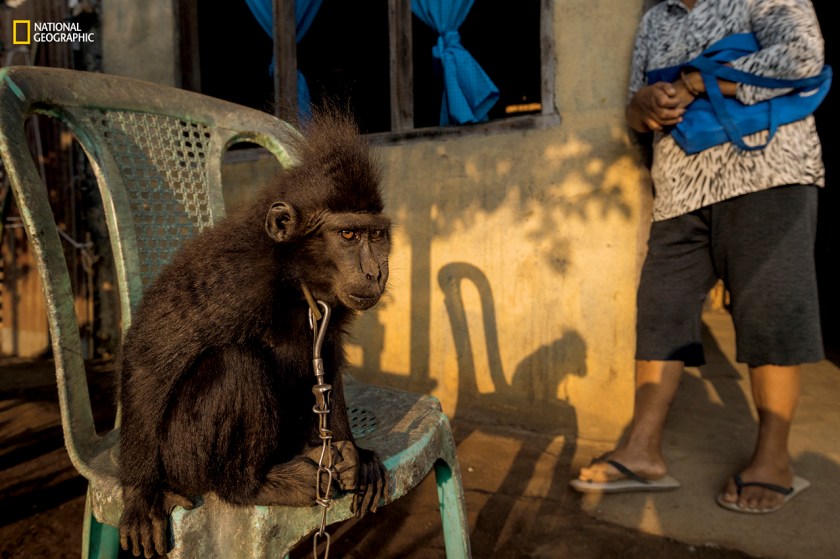
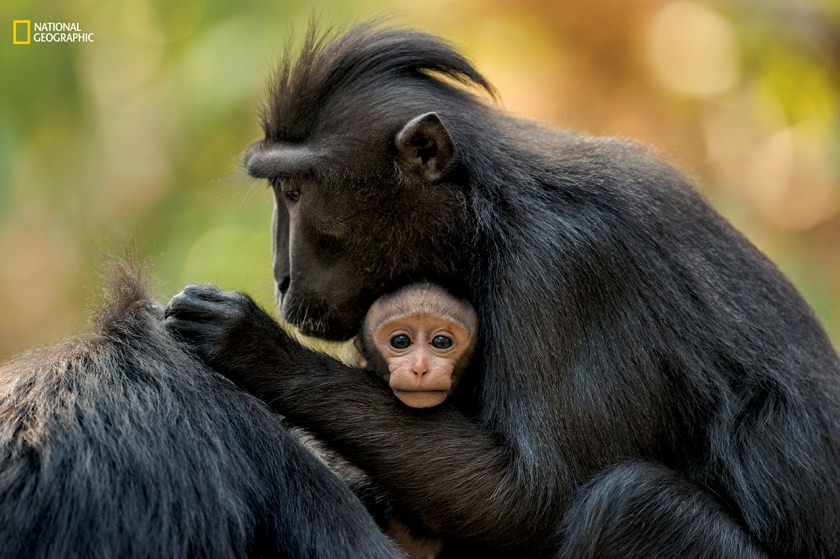
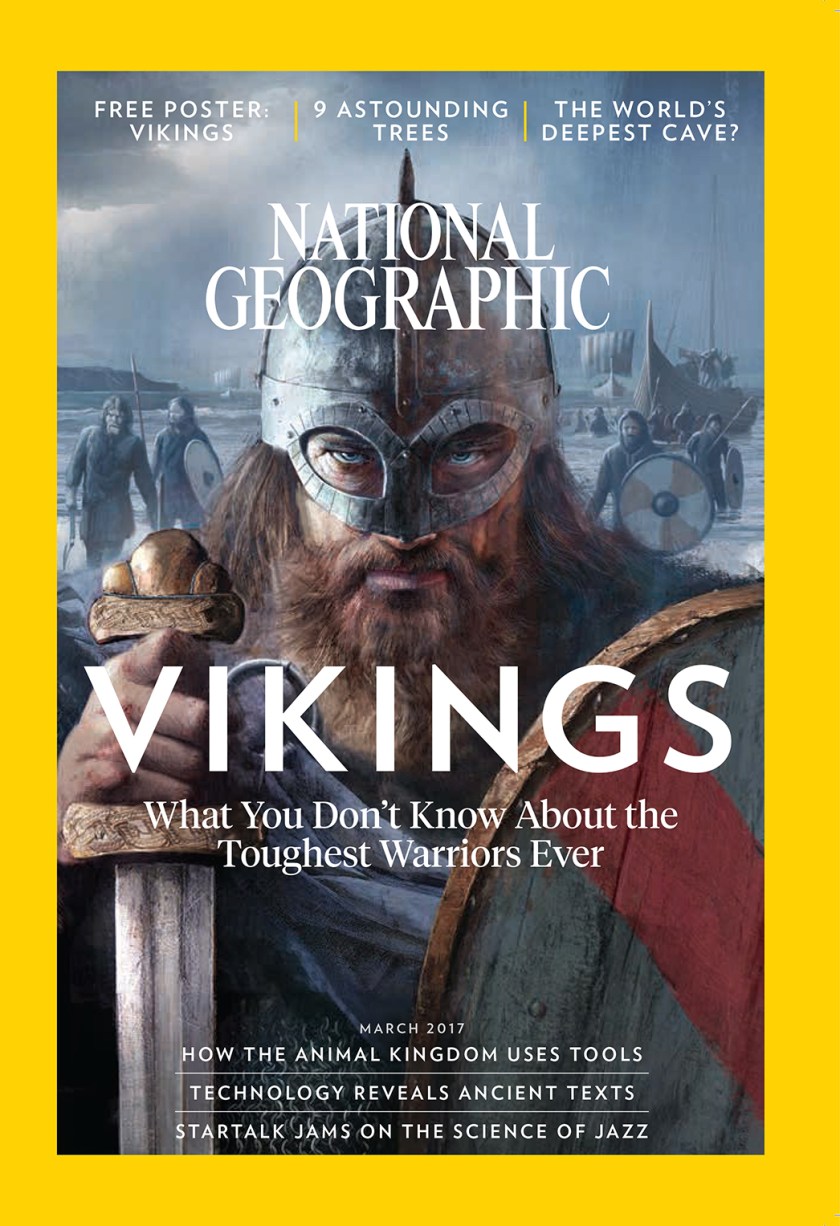
Read the full story about the fight to save black macaques here.
—RealClearLife Staff
This article was featured in the InsideHook newsletter. Sign up now.
























